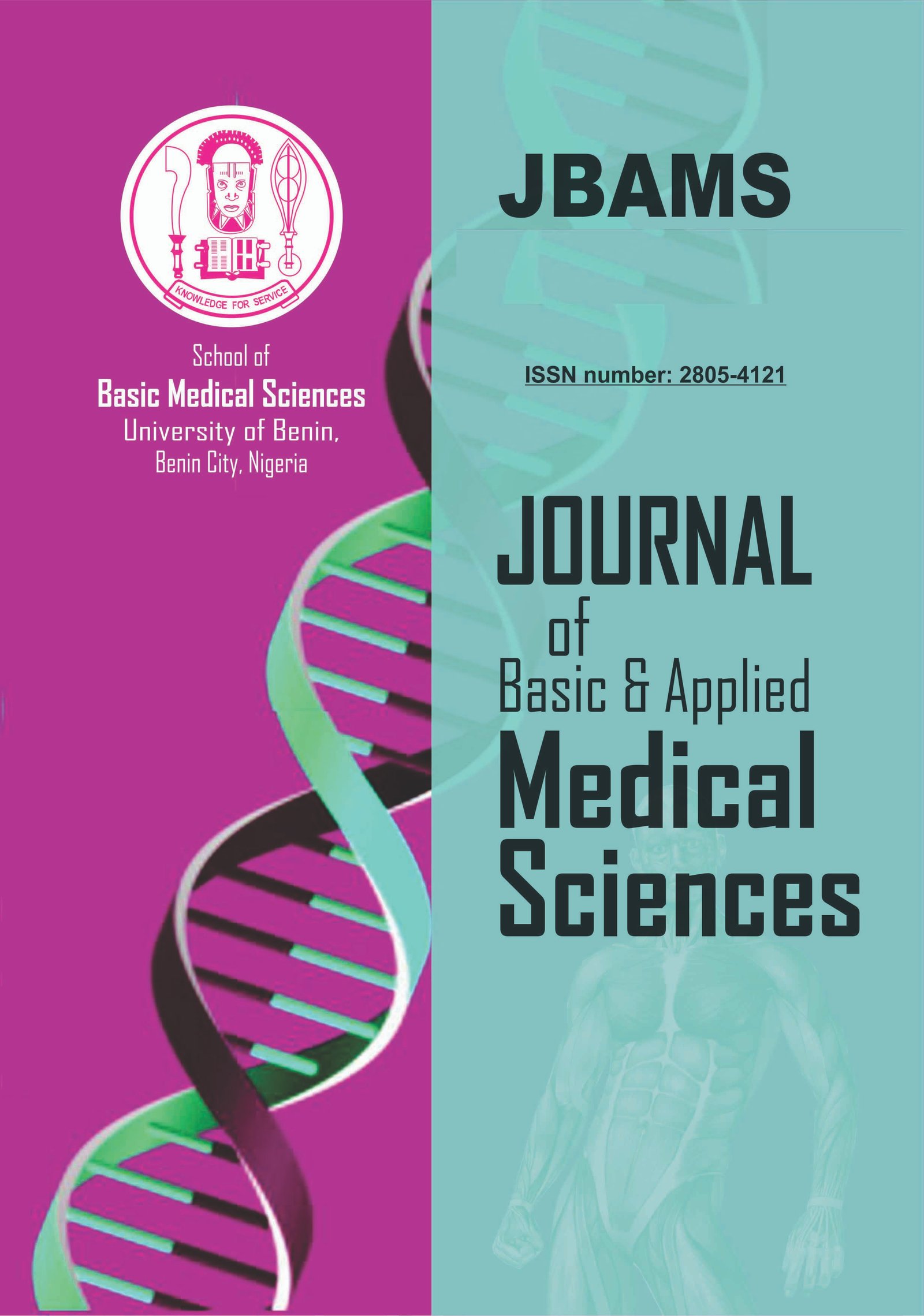Effects of Stevia Rebaudiana on Serum Lipid Profile of Sprague Dawley Rats
Keywords:
Stevia Rebaudiana, Lipid profile, Sprague Dawley ratsAbstract
Background/Objective: The rising prevalence of cardiovascular diseases and obesity has prompted researchers to seek natural alternatives instead of synthesized sweeteners. Among the alternatives, Stevia Rebaudiana commonly known as Stevia, has emerged as a promising natural sweetener due to its intense sweetness without significant caloric content. There is need to examine its effect on serum lipid profile (total cholesterol (TC), low density lipoprotein (LDL), high density lipoprotein (HDL), triglycerides (TG) and very low density lipoproteins (VLDL)) in order to assess its impact on the parameters. This experiment study evaluated the effects of stevia on lipid profile of Sprague-Dawley rats. Materials and Methods: Thirty-two (32) adult male Sprague-Dawley rats were randomly separated into eight groups (4 per group). Control groups received normal chow and water for 14 days (acute) and 45 days (chronic) observation. Groups 3 to 5 and groups 6 to 8 received 4 mg, 8 mg and 12 mg per kg body weight of Stevia for 14 days and 45 days respectively by orogastric delivery. Animals were anaesthetized with chloroform. Blood samples and serum were collected by cardiac puncture for lipid profile assays by spectrophotometry. Results: There was significant increase in body weight for group 8 rats given 12 mg/kg (p< 0.05). There was significant increase in HDL level in group 8 when compared with acute group 8 rats given 12mg/kgbwt stevia (p< 0.05). There was a significant increase in LDL level the chronic group 8 that received 12mg/kg (p< 0.001). The findings from this study showed that chronic intake of stevia may stimulate weight gain, increased serum HDL-C level and increased serum LDL Regression analysis between body weight and serum LDL during 45 days (chronic) dosing showed a positive correlation which was not significant. Conclusion: These findings in animal experiment may suggest similar features in humans and require more investigations.


